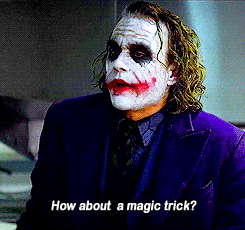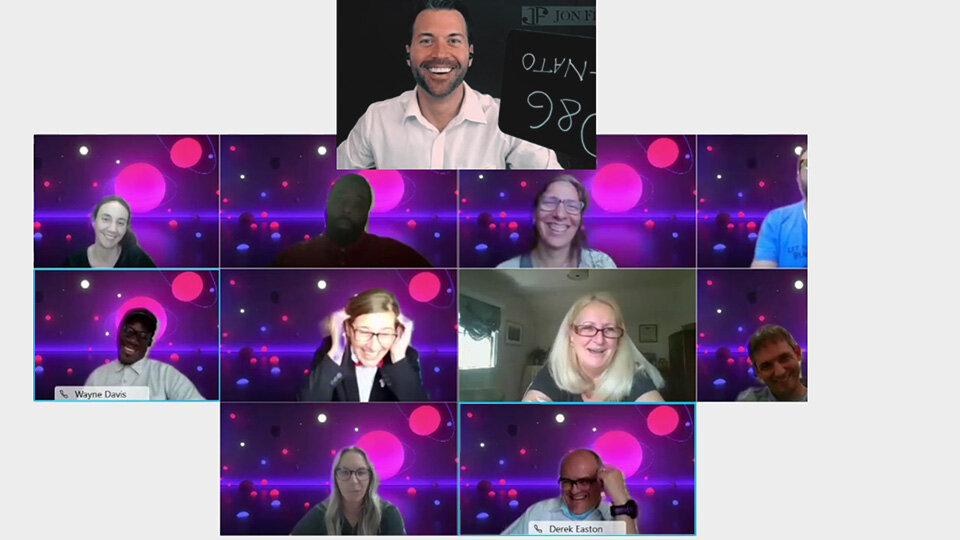In the world of theatrical illusion, misdirection is an art of deceit where the performer draws audience attention to one thing to distract it from something else. The ability to control attention from the audience is the goal of every theatre, and is the primary requirement of all magic acts. Whether the magic is of the “pocket trick” variety or an extensive stage productionthat relies on misdirection, it is the primary element. The term is used to describe either the effect (the the focus of the observer on the unimportant object) or the sleight-of-hand or the patter (the magician’s speech) which creates the illusion.
It’s difficult to determine who coined the term, but the first reference to misdirection appears in the writing of a renowned illusionist and author, Nevil Maskelyne: Admittedly, it is a method of distracting the spectator’s senses, to block out from detection certain details that require secrecy. At the same time, magician, writer, artist and performer Harlan Tarbell noted, Nearly all the art of illusion relies on this art of misdirection.
Some magicians who have studied and evolved techniques of misdirection are Malini, Derren Brown, Tamariz, Tony Slydini, Tommy Wonder and Dai Vernon.
Henry Hay describes the chief act of conjuring as manipulating interest.
Many magicians misdirect audience attention in two basic ways. One causes the audience to look away for a fleeting moment, so that they do not notice a act or gesture. The other method alters the perception of the audience, lulling them into thinking that some other factor can be a factor in the accomplishment of the feat but it actually isn’t a factor in the outcome in any way. Dariel Fitzkee explains that the most effective magic is in the talent of his performance in changing the minds of the viewers. Additionally, sometimes a prop such as a magic wand aids in the misdirection.

Misdirection is the cornerstone of most successful illusions. Without misdirection, even the a mechanical prop or the most proficient sleight-of-hand is not likely to create the illusion of real magic.
Misdirection exploits the limitations of human brains to present a false image and memory. The brain of an average person in the audience can only concentrate on one thing at a time. The magician utilizes this technique to alter the audience’s ideas or perceptions of sensory inputand lead them to make false conclusions.
Many magicians have debated over the usage of the term, misdirection, creating many discussions about what it is and how it operates. Expert illusionist Jon Finch drew a distinction between direction and misdirection. One is a negative wordas opposed to the other, positive. Ultimately, he equates the two as one thing. If a performer any means, has led the mind of the audience to conclude that he’s done something he hasn’t done, he has wrongly directed them into this belief; hence, misdirection.
Tommy Wonder has pointed out that it’s more effective, from a magician’s perspectiveto focus on the goal of directing the attention of the audience. He writes that misdirection suggests wrong direction. It suggests that attention is diverted away from something. Through constant use of this phraseit becomes embedded in our minds that we may begin to see misdirection as taking the attention away from instead of toward something.

Slydini explained that if the magician believes that, the audience will believe in it, and magic is something they don’t observe. Misdirection is true when they believe in what the magician is doing and follow the magician. more info